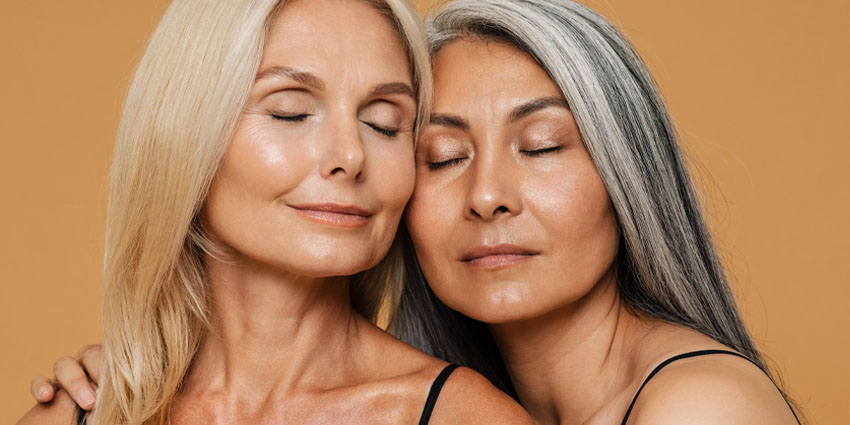OUR ADDRESS
Email: xtemos@gmail.com
Phone: +18 (0) 545 77 32
Email: xtemos@gmail.com
Phone: +18 (0) 545 77 32
CONTACT US
Whether you’re looking for answers, would like to solve a problem, or just want to let us know how we did, you’ll find.
SEND US A MESSAGE
CONTACT INFORMATION
Do you have questions about how we can help your company? Send us an email and we’ll get in touch shortly.


One thought on “Can You Still Squirt After Menopause?”